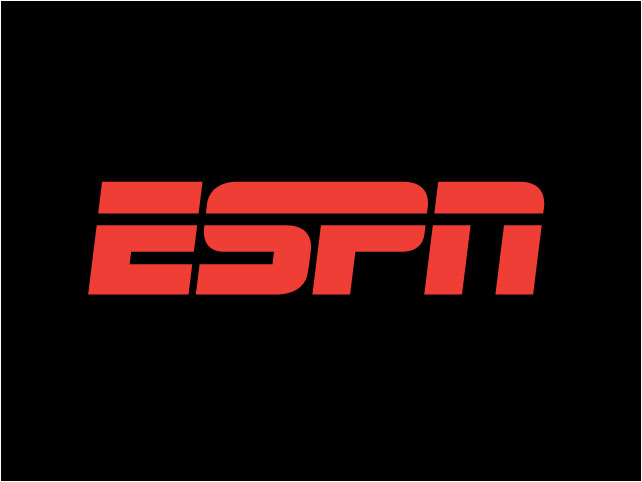The year 2015 has featured a wave of VC funding for several new eSports companies. While headliners such as AlphaDraft, Vulcun, and Unikrn have attracted notable rounds of funding and a good deal of media coverage; they are not alone. Below is a list of five eSports startups to watch in 2015. Note: this list was inspired by Blake Robbin’s aside on eSports, found here.
Streaming from anywhere
Thanks to streaming technologies, gaming is social and interactive; in the form of a shareable experience that transcends physical location. The eSports owes its growth to a generation of live streams that connect enthusiasts to the games, people and content they love. However, streaming has traditionally been tethered to the desktop. Now, two companies, Mobcrush & Kamcord, aim to bring it to mobile. Both seek to do for mobile, what platforms like Twitch did for PC and console gaming. This could shape into a huge boost for mobile game developers in the form of mobile eSports titles.
Mobcrush is a mobile video streaming company that enables its users to broadcast, watch and chat about games played and streamed in real-time. Currently in beta, the company has attracted funding $4.9 million in funding. Mobcrush takes a community-based, content focused approach similar to Twitch. The company’s growth will be heavily influenced by the market for mobile video advertising over the near term and the traction of mobile micro transactions moving forward.
Kamcord has roots as developer that provides studios with a seamless video-recording solution for their games. They were founded in 2012 and have attracted $24.8 million over five rounds of VC funding since then. The most recent was a sizable $15 million in December 2014. Kamcord is already a leading solution for mobile gameplay sharing through a software development kit (SDK); providing more depth to their business model than just an app developer.
eSports for everyone
The wildly popular Minecraft is already powering startups from within its ecosystem. One of which is Kickback, termed “the easiest way to play Minecraft competitively,” is one such example. The Sunnyvale, CA based startup has garnered funding in the low six figures and is banking that there is substantial market for competitive Minecraft. Kickback’s focus is essentially “amateur” eSports for cash prizes and bragging rights. Minecraft is not only a gateway to gaming for an entire generation of pre-pubescent children but also a hobby for adults, so the user base is there. However, it sits in an increasingly crowded “eSports for everyone” space. It’s also possible that the “play for [small] cash prize” model will fit mobile better; with its ephemeral user interactions and more simplistic games (see: Skillz and CashPlay)
Climbing Mt. Everest
The immense potential in the eSports industry is only eclipsed by the challenges navigating it. More people than ever are aware of eSports, but few understand how to connect/engage. Waypoint Media strives to solve that through a unique combination of technical tools and services. Based in NYC, the nearly two year old company is focused on powering the first digital marketplace that connects brands with eSports and Gaming content creators.
Waypoint boasts a leadership team experienced across tech and consulting worlds. This strong professional background will be paramount in an emergent and, still, maturing eSports industry. In fact, one of Waypoint’s biggest challenges today might be educating potential customers about the possibilities to be had in eSports. Most non-endemics have read the numbers and heard the stories, but will need to know what else they don’t know first.
A mobile experience gone missing
It is both amazing and puzzling that, up until release of The Score’s eSports app in the first quarter of 2015, eSports fans did not have a dedicated mobile experience. And now, a new entrant, Instant eSports, has emerged. Billed as the best mobile experience for eSports fans, the app has lived up to expectations since its release in June 2015.
The company, founded and run by a handful of UC Berkeley eSports enthusiasts, adheres strictly to a “for the fans, by the fans” approach. They understand eSports always has been, and always will be, about the community. Accordingly, product development is framed by the needs of its users, first and foremost. For example, the app is the first and only to support real-time scoring AND stat updates for LCS matches; a feature fans have long clamored for.
However, the market for mobile apps is crowded and highly competitive. Instant eSports must continue to clearly execute their user-oriented vision or risk being drowned out. However, if the team can successfully expand across other eSport titles, without sacrificing its strengths, the future is bright.
The Way Forward
The year 2015 will go down in history as an inflection point for the eSports industry. The trajectory of these startups will vet eSports business models and shape the course of VC funding moving forward. Their progress provides a good pulse on where the industry is moving and is worth keeping tabs on.
Alex Fletcher finds and recruits top talent in the eSports world – by working with and nurturing the next generation of rising stars. Visit Entiva Group for more info. When he isn’t glued to a screen, he spends time with his wife, their two dogs, and pretends to learn Polish.















